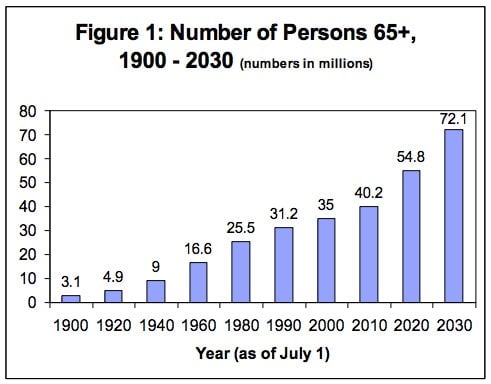Why US health-care jobs are growing 20% faster than any other sector
In the last decade, health-care jobs have grown faster than all other categories of employment—a 22.7% increase, compared to 2.1%. What gives?

In the last decade, health-care jobs have grown faster than all other categories of employment—a 22.7% increase, compared to 2.1%. What gives?
People are getting old.
As the big post-World War II birth cohort gets older, they need more medical care, which has lead to major increases in jobs like home care aides alongside traditional medical professionals like nurses and doctors.

Americans are spending too much money taking care of them.
The US is a big spender on health care, spending more than any other advanced country. That spending comes with a lot of inefficiency that the government, which foots a lot of the bill, is trying to iron out. As cost-cutting goes forward, it is likely that job growth will slow. But that push for efficiency will impact higher-skilled health care workers more than lower-skilled ones. One of the big ways to cut costs is to distribute care more efficiently by allowing physicians’ assistants and nurses to deal with basic clinical tasks, rather than paying more for a physician to do it. As a result, cost-cutting wouldn’t necessarily pull the bottom out of the health-care job market.